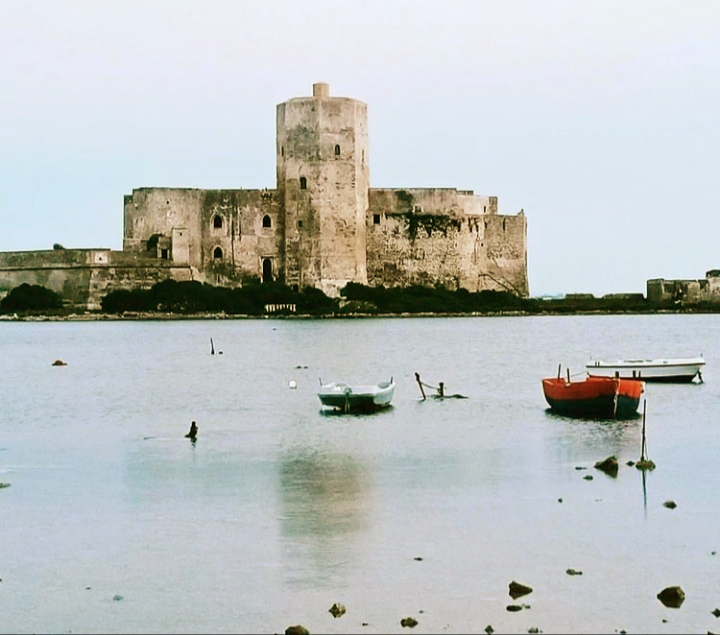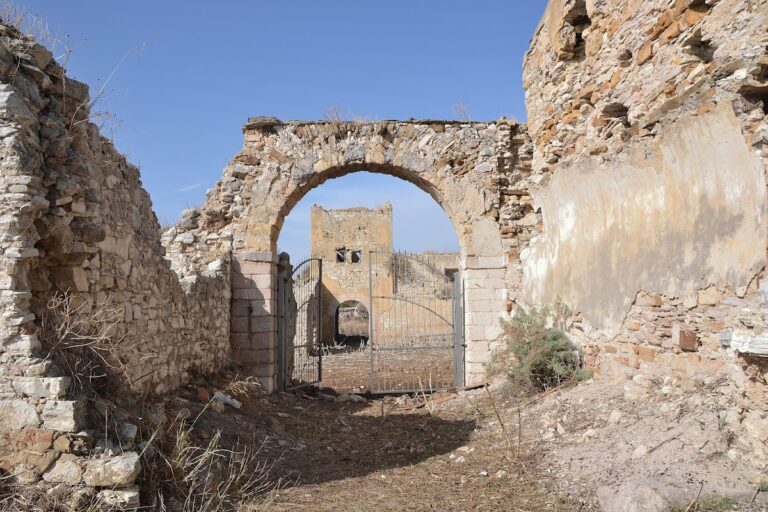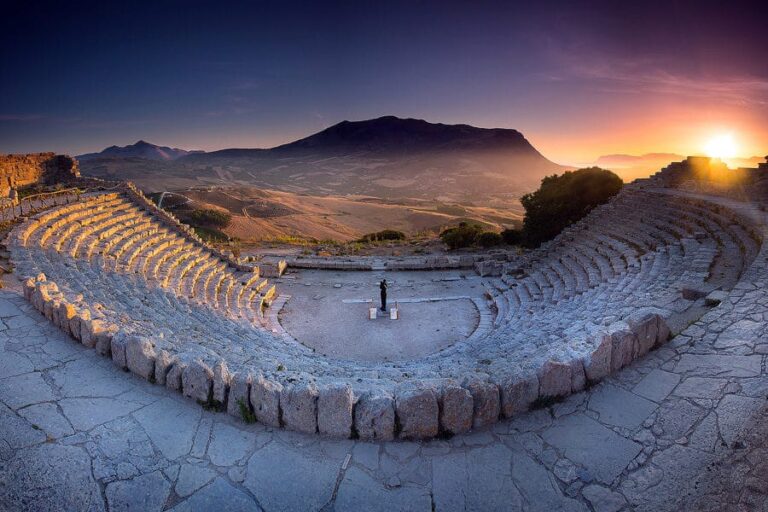Colombaia Castle: A Historic Fortress in Trapani, Italy
Visitor Information
Google Rating: 4.5
Popularity: Low
Google Maps: View on Google Maps
Country: Italy
Civilization: Unclassified
Remains: Military
History
Colombaia Castle stands on a small islet at the western edge of the port of Trapani, a coastal town in Italy. This fortress traces its origins back to the Carthaginian civilization, which established it around 260 BCE during the First Punic War.
In its earliest phase, the site played a military role under Carthaginian control. Historical accounts attribute its foundation to Amilcar Barca, a prominent Carthaginian general. The area witnessed a decisive naval encounter in 249 BCE when the Carthaginian fleet won a major battle against Roman forces near Trapani. However, two years later, the Roman consul Numerius Fabius Buteo led a surprise night assault, capturing the islet and eliminating all defenders. Following Roman conquest, the fortress was abandoned as a military outpost. During this period of disuse, the tower became a habitat for pigeons, important for communication, and the site likely held religious significance connected to the goddess Venus Ericina, whose sacred animal was the dove.
Several centuries later, under the Aragonese dynasty in the medieval era, the main tower of the castle was constructed, probably around the year 1280. Throughout the Renaissance, the fortress underwent strengthening works, especially under Emperor Charles V, to bolster its defenses against attacks by Barbary pirates. Further renovations took place in the 17th century overseen by Viceroy Don Claudio Lamoraldo, Prince of Ligny. A commemorative plaque bearing the date 1671 marks this period on the tower’s outer wall.
The castle’s military role ended in the early 19th century under Bourbon rule. After uprisings in 1821, the fortress was repurposed as a prison, notably holding Sicilian patriots involved in the Risorgimento, including Michele Fardella, who later became Trapani’s mayor in 1861. This detention function continued until 1965, when a new prison facility was established elsewhere. The subsequent decades saw the tower restored in the 1990s, while other parts of the castle fell into neglect. Recognized by the Fondo per l’Ambiente Italiano in 2009 as a culturally significant yet deteriorating location, ownership transferred to the Sicilian Region in 2010, which planned restoration efforts.
Remains
The primary structure of Colombaia Castle is an imposing octagonal tower reaching 32 meters in height, composed of four floors stacked vertically. Its ground level was originally designed as a cistern, a water storage facility, while the main entrance was situated on the second floor, a defensive feature typical of medieval keeps. The tower’s thick masonry and strategic positioning on the islet highlight its role as both lookout and stronghold.
Facing the tower is a quay, constructed to facilitate maritime access, alongside a second, less stable quay on the left side within the courtyard. These quays connected the fortress to the surrounding sea and harbor. A narrow, paved walkway runs along the tower’s right side, leading to a rear courtyard that served as an internal open space.
Within this courtyard lie two chapels, which historically functioned as places of worship but were adapted as storage areas during World War II. These chapels, along with the left quay, are now in a state of severe deterioration and are restricted due to safety concerns. The main tower itself features windows, although some openings are closed off, a sealed balcony, and a staircase that has suffered partial collapse, rendering it unusable.
A commemorative plaque is embedded into the tower’s right wall, placed during the 17th century renovations. Today, the site is abandoned, with all entrances secured to prevent access because of its precarious structural condition, awaiting comprehensive restoration.










